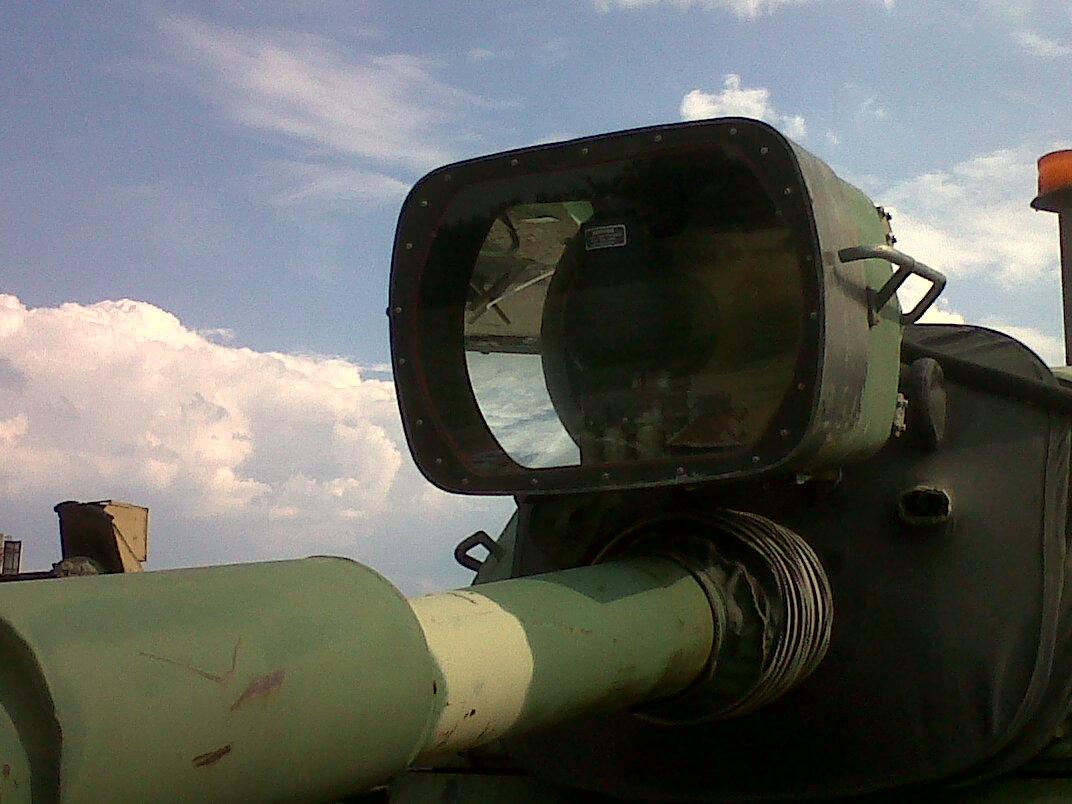- Joined
- 11 March 2006
- Messages
- 8,626
- Reaction score
- 3,811
Where can I find information about French night vision devices directly after WW II ?
When and where such devices were used in the post WWII French armed forces ?
From what I've found, most of the early ones used the activ system, so needing an
IR light source. But the German Luftwaffe had used the "Spanner II" and "..IV",
which were passive systems, though with mediocre success only, as is said.
I would suppose, that French systems from that era were based on earlier allied or
German developments ?
When and where such devices were used in the post WWII French armed forces ?
From what I've found, most of the early ones used the activ system, so needing an
IR light source. But the German Luftwaffe had used the "Spanner II" and "..IV",
which were passive systems, though with mediocre success only, as is said.
I would suppose, that French systems from that era were based on earlier allied or
German developments ?

